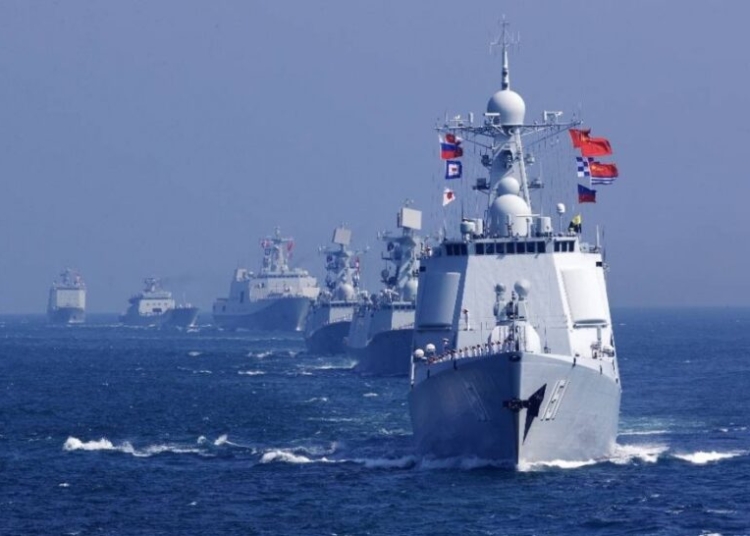A joint maritime military exercise is underway in South Africa involving China and Russia along with the South African navy.
The joint exercises codenamed “Mosi II,” means smoke in the local Tswana language. Exercise Mosi II is a tri-nation naval exercise between Russia, China and South Africa. The 2023 edition is being held in Durban and Richards Bay, South Africa (Indian Ocean coast) from 17 February. This is seen as a demonstration of the three countries’ close ties amid Russia’s invasion of Ukraine and China’s tense relationship with the West.
Russia is expected to test-fire Zircon hypersonic missiles during the drills.
Earlier, this announcement came from South African military sources. “The Chinese and Russian navies would join its forces for the drill off the port city of Durban and Richard Bay, one of the strategically important shipping routes connecting Europe and Asia,” South Africa’s military stated. It will be the second such exercise after a previous drill in November 2019.
Russia is represented at the exercises by the frigate The Admiral Gorshkov and the sea-going tanker The Kama, China – by a destroyer, a frigate and a support ship, and South Africa, by one frigate and two support ships
Russian warship Gorshkov armed with hypersonic cruise weapons will participate in the exercises. The frigate is armed with Zircon missiles, which fly at nine times the speed of sound and have a range of more than 1,000km (620 miles).
The multilateral naval drills, Exercise Mosi II, are scheduled to last until the 27th of February will see about 350 SA National Defence Force (SANDF) personnel, mostly from the SA Navy (SAN) take part in interoperability of naval systems, joint disaster systems management enhancement, maritime co-operation and anti-piracy exercises.
This is according to Defence and Military Veterans Minister Thandi Modise who is also on record as saying the exercise “will benefit all three participating nations”.The trilateral exercise will benefit all participating countries by aligning their operational naval systems and improving joint command and control, South Africa’s Minister of Defense and Military Veterans Thandi Modise said in a statement. The Defense Ministry also emphasized that the Mosi-2 exercise is a platform for the three countries to exchange military knowledge, skills and operational experience.
According to a statement published by the ministry of defence, “The joint naval drill of China, Russia and South Africa is rich in content, including a dozen drill subjects such as anti-piracy, air defence, and helicopters landing on each other’s ships. The joint exercise will surely help the three parties deepen mutual trust, further promote their cooperation in security, improve their capacity to jointly maintain maritime security, and make still greater contributions to world peace”, said Huang Zhongxin, commander of the 42nd Escort Formation of Chinese Navy, during a speech after arriving in Richards Bay on Sunday.
At home, the latest exercise has come under fire from South Africa’s main opposition party, the Democratic Alliance, which claims that by hosting the exercises, Pretoria has chosen sides.
“While our government has claimed to be neutral, this is just another of many incidents where the ruling party (ANC) has exposed their favoritism towards Russia and has done nothing but to showcase and prove the government’s lack of neutrality in this case,” according to the party’s shadow minister of defense and military affairs, Kobus Marais.
Pauline Bax of the International Crisis Group said the exercise coincides with the anniversary of the Russian invasion of Ukraine, “which is diplomatically quite awkward and something that South Africa could have pushed to another date.”
The first joint maritime exercise involving naval forces from China, Russia and South Africa took place in Cape Town in November 2019.
Notwithstanding the opposition’s criticism, South Africa intends to send a clear message that it will not join the anti-Russia front and that Russia is not as isolated as the West would like.
China is deploying the guided missile destroyer Huainan, the guided missile frigate Rizhao and the supply ship Kekexilihu to Exercise Mosi II. They form the 42nd Task Force on anti-piracy duty, which sailed from the Gulf of Aden to South Africa after being relieved by the 43rd Task Force. Rizhao arrived in Richards Bay on 19 February, with the other PLAN (Peoples Liberation Army Navy) vessels standing offshore.


